La Scultura del giorno: Apollo e Dafne del Bernini
La scultura del giorno che vi propongo oggi è il gruppo di Apollo e Dafne, capolavoro realizzato da Gian Lorenzo Bernini nel 1625, a 27 anni.
E’ un’opera straordinaria che affascina e cattura lo sguardo di ogni spettatore. Sembra che i due personaggi scolpiti stiano mettendo in scena un soggetto teatrale ed è tangibile il perfetto bilanciamento dei due protagonisti in movimento.
Il mantello di Apollo che si gonfia d’aria nell’impeto della corsa a perdifiato, l’espressione dei due volti, i capelli fluenti di Dafne e le foglie di alloro che diventano poco a poco sempre più numerose, sono scolpite con un realismo straordinario e poetico allo stesso tempo.
La commissione di Apollo e Dafne
Risulta che il cardinale Scipione Borghese, committente della sublime scultura, avesse già acquistato il blocco destinato all’opera già nel 1622. Gian Lorenzo iniziò a metter mano al progetto ma poi dovette temporaneamente accantonarlo nell’estate del 1623 per portare a termine il David.
Accadde infatti che il cardinale Alessandro Peretti, committente del David passò a miglior vita e il cardinale Borghese rilevò quell’opera chiedendo all’artista di ultimarla quanto prima.
Quasi un anno dopo, nella primavera del 1624 riprese in mano i lavori per l’Apollo e Dafne facendosi aiutare da uno dei più talentuosi collaboratori: Giuliano Finelli.
Finelli però non ebbe modo di scolpire autonomamente ma dovette eseguire rigorosamente ciò che il Bernini gli comandava.
Il cavalier Bernini, quel famosissimo scultore che ha fatta la statua del papa e la Dafne che alla vigna di Borghese, ch’è il Michelangelo del nostro secolo tanto nel dipingere quanto nello scolpire, e che non cede a nissuno degli antichi nell’eccellenza dell’arte…
Fulvio Testi, 29 gennaio 1633
Il gruppo di Apollo e Dafne fu collocato al di sopra del piedistallo appositamente scolpito, nella stanza dedicata al soggetto mitologico in questione che ancora lo accoglie nella Galleria Borghese.
Sulla base dell’opera fu apposto un cartiglio con un distico pensato e scritto da Maffeo Barberini che potesse in qualche modo giustificare la presenza di un’opera a soggetto così pagano e sensuale nella casa di un cardinale: “Quisquis amans sequitur fugitivae gaudia formae fronde manus implet baccas seu carpit amaras” ovvero “colui che ama e insegue i gaudi della bellezza fugace, colma la mano di fronde e coglie amare bacche”
Il tema della scultura
Per dar forma a questo complesso in continuo movimento, Bernini prese ispirazione dalle Metamorfosi di Ovidio. Apollo perdutamente innamorato di Dafne per colpa della freccia che gli aveva scoccato addosso Cupido, iniziò a inseguire la splendida ninfa.
Dafne desiderando conservare la propria verginità, mentre tentava di sfuggire da Apollo cominciò a trasformarsi in albero di alloro.
Bernini riuscì alla perfezione a far divenire concrete le parole di Ovidio, mostrando come poco a poco i capelli della ragazza si allungassero trasformandosi in fronde. Dalle mani elevate verso l’alto iniziano a comparire ramificazioni e foglie mentre i piedi vengono ancorati al terreno con le radici.
Con un sapiente equilibrio, Bernini usa la corteccia che da terra inizia ad avvilupparsi in direzione del busto della giovane, celandone il sesso.
La protezione dell’opera durante la lavorazione
Il virtuosismo tecnico del Bernini è mirabile, c’è poco da fare. Incredibile è il lavoro che fece di trapano per straforare le mani e i piedi che poco a poco si trasformano in rametti, foglie e radici o per dar volume alla chioma di Dafne e l’utilizzo della gradina per lavorare la superficie della corteccia.
Durante il restauro dell’opera che è stato effettuato nel 1997, è emerso che il Bernini, per evitare che le vibrazioni durante la lavorazione potessero danneggiare le parti più delicate come le foglie, provvide ad avvolgerle in cuscinetti di gesso che poi eliminò al termine del lavoro.
Per il momento il vostro Michelangelo Buonarroti vi saluta dandovi appuntamento ai prossimi post e sui social.
Sculpture of the day: Apollo and Daphne by Bernini
The sculpture of the day that I propose to you today is the group of Apollo and Daphne, a masterpiece created by Gian Lorenzo Bernini in 1625.
It is an extraordinary work that fascinates and captures the gaze of every spectator. It seems that the two sculpted characters are staging a theatrical subject and the perfect balance of the two moving protagonists is tangible.
Apollo’s cloak that inflates with air in the impetus of the breakneck race, the expression of the two faces, Daphne’s flowing hair and the laurel leaves that gradually become more and more numerous are sculpted with extraordinary realism and poetic at the same time.
The commission of Apollo and Daphne
It appears that Cardinal Scipione Borghese, who commissioned the sublime sculpture, had already purchased the block intended for the work as early as 1622. Gian Lorenzo began to put his hand to the project but then had to put it aside in the summer of 1623 to complete the David .
In fact, it happened that Cardinal Alessandro Peretti, who commissioned the David, passed away and Cardinal Borghese took over that work asking the artist to complete it as soon as possible.
Almost a year later, in the spring of 1624, he resumed the work for Apollo and Daphne with the help of one of his most talented collaborators: Giuliano Finelli.
However, Finelli was unable to sculpt independently but had to strictly execute what Bernini commanded him.
Cavalier Bernini, that very famous sculptor who made the statue of the pope and the Daphne who is in the Borghese vineyard, who is the Michelangelo of our century both in painting and in sculpting, and who does not yield to any of the ancients in the excellence of ‘art…
Fulvio Testi, 29 January 1633
The group of Apollo and Daphne was placed above the specially sculpted pedestal, in the room dedicated to the mythological subject in question which still houses it in the Galleria Borghese.
A scroll was affixed to the base of the work with a couplet conceived and written by Maffeo Barberini which could in some way justify the presence of a work with such a pagan and sensual subject in the house of a cardinal: “Quisquis amans sequitur fugitivae gaudia formae fronde manus implementt baccas seu carpit amaras” or “he who loves and pursues the joys of fleeting beauty, fills his hand with fronds and picks bitter berries”
The theme of sculpture
To give shape to this complex in continuous movement, Bernini took inspiration from Ovid’s Metamorphoses. Apollo madly in love with Daphne because of the arrow that Cupid had shot at him, began to chase the splendid nymph.
Daphne wishing to keep her virginity, while she tried to escape from Apollo she began to transform into a laurel tree.
Bernini was able to perfectly materialize Ovid’s words by showing how little by little the girl’s hair lengthened and turned into fronds. From the raised hands upwards branches and leaves begin to appear while the feet are anchored to the ground with the roots.
With a skilful balance, Bernini uses the bark that from the ground begins to envelop itself in the direction of the young woman’s bust, concealing her sex.
The protection of the work during processing
Bernini’s technical virtuosity is admirable, there is little that can be done. Incredible is the work he did with the drill to pierce the hands and feet which gradually transform into twigs, leaves and roots or to give volume to Daphne’s hair and the use of the gradina to work the surface of the bark.
During the restoration of the work which was carried out in 1997, it emerged that Bernini, to prevent the vibrations during the work from damaging the more delicate parts such as the leaves, arranged to wrap them in plaster cushions which he then eliminated at the end of the Work.
For the moment, your Michelangelo Buonarroti greets you by making an appointment for the next posts and on social media.

Sostienici – Support Us
Se questo blog ti piace e ti appassiona, puoi aiutarci a farlo crescere sempre più sostenendoci in modo concreto condividendo i post, seguendo le pagine social e con un contributo che ci aiuta ad andare avanti con il nostro lavoro di divulgazione. . ENGLISH: If you like and are passionate about this blog, you can help us make it grow more and more by supporting us in a concrete way by sharing posts, following social pages and with a contribution that helps us to move forward with our dissemination work.
8,00 €
-
Andrea del Sarto, il pittore senza errori, e il suo dipinto più enigmatico agli Uffizi
🇮🇹La Madonna delle Arpie di Andrea del Sarto, il “pittore senza errori” secondo Vasari in realtà non raffigura ciò che la dicitura proclama ma sono invece le locuste dell’Apocalisse… 🇬🇧 Andrea del Sarto’s Madonna of the Harpies, the “painter without errors” according to Vasari, doesn’t actually depict what the caption proclaims, but rather the locusts…
-
Un mio disegno giovanile: origine, stile e attribuzione
🇮🇹Nudo e panneggio si intrecciano in un foglio enigmatico, attribuito a me, quando ancora ero molto giovane. Tra Vasari, la tradizione fiorentina e ipotesi iconografiche ancora aperte, questo disegno racconta la nascita di un linguaggio mio… 🇬🇧Nude and drapery intertwine in an enigmatic work attributed to me when I was still very young. Between Vasari,…
-
Marco Polo, 8 gennaio 1328: la morte del viaggiatore che cambiò per sempre l’immaginario dell’arte
🇮🇹L’8 gennaio 1328 passava a miglior vita a Venezia Marco Polo: figura emblematica e affascinante, fonte d’ispirazione inesauribile per l’arte, la letteratura e l’immaginario occidentale… 🇬🇧On January 8, 1328, Marco Polo passed away in Venice: an emblematic and fascinating figure, an inexhaustible source of inspiration for art, literature, and the Western imagination…


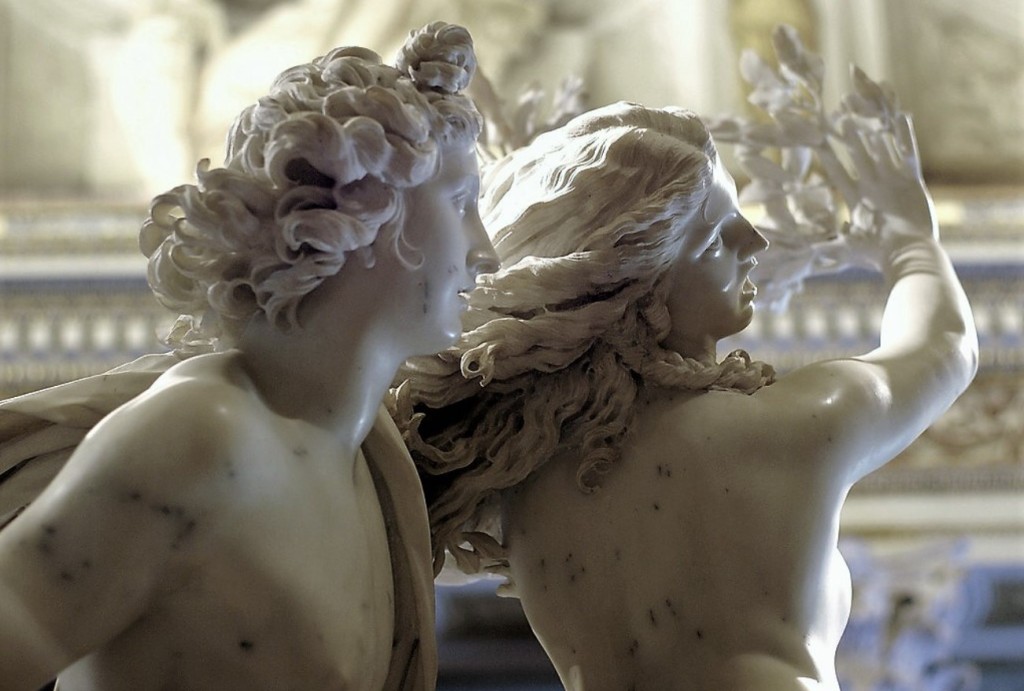
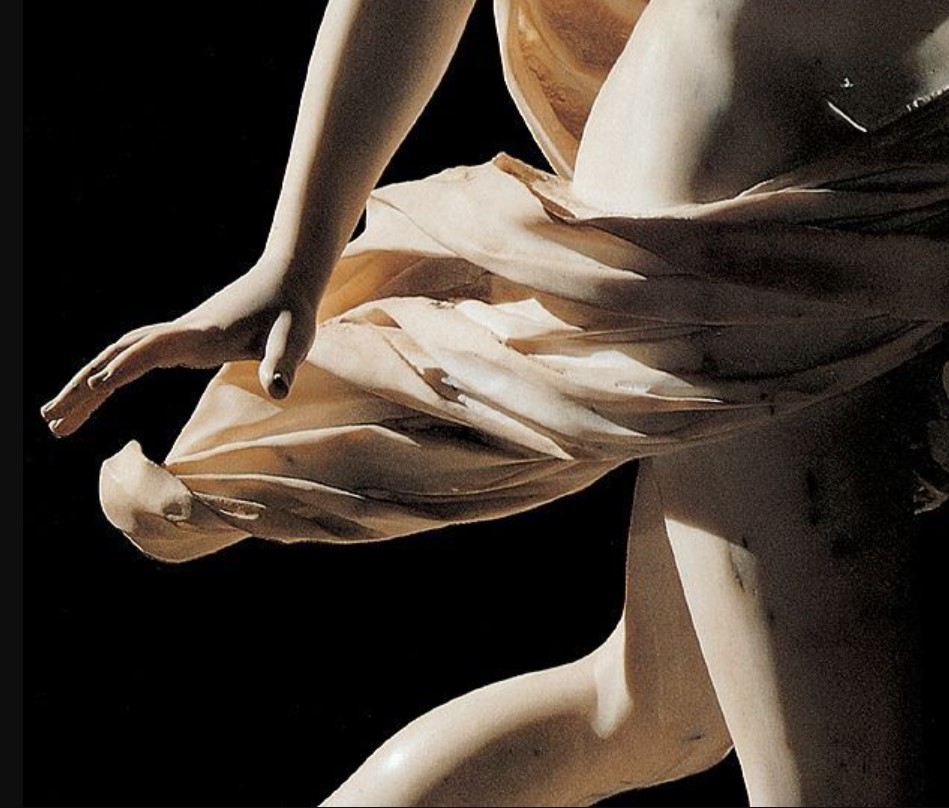
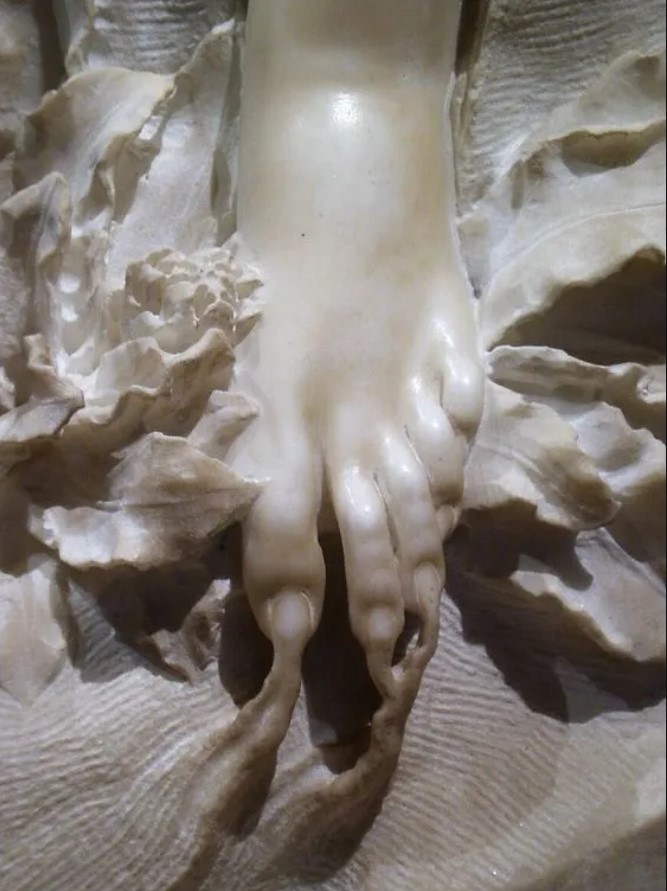
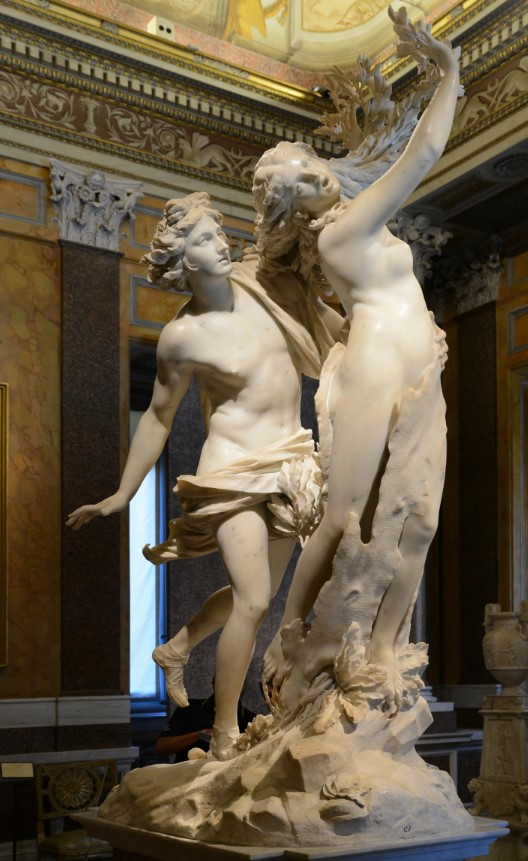
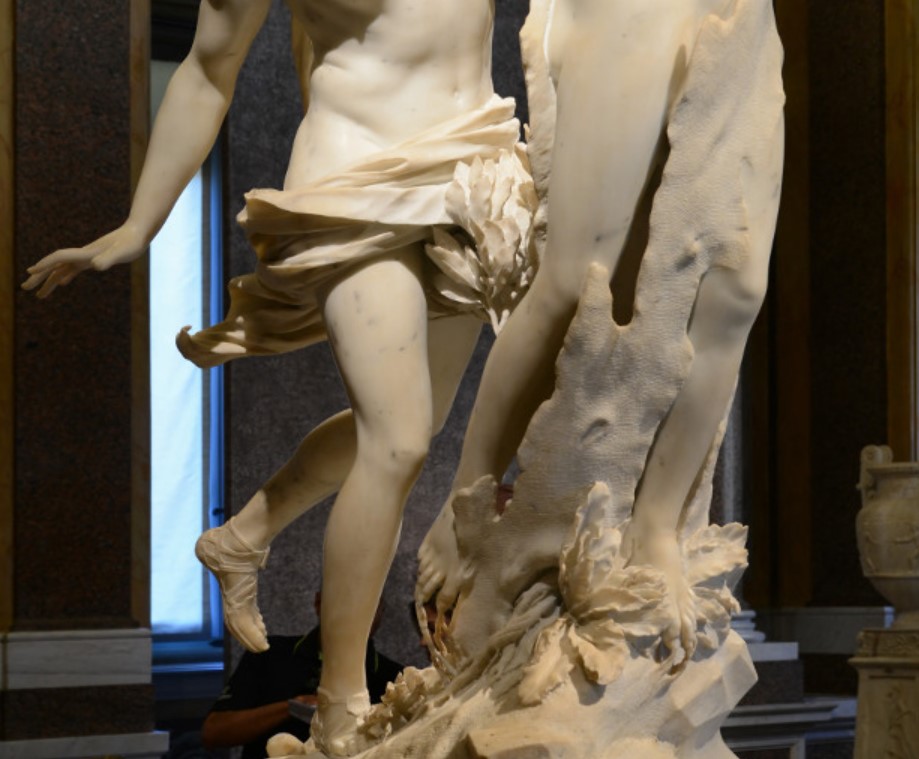
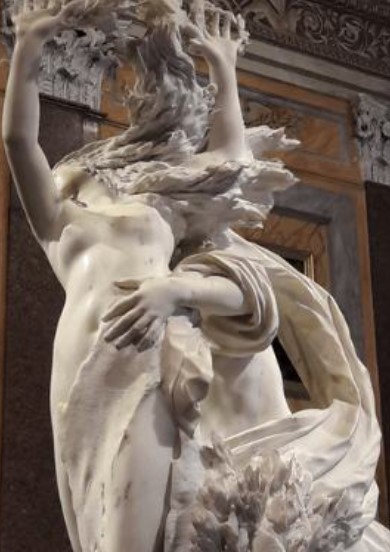
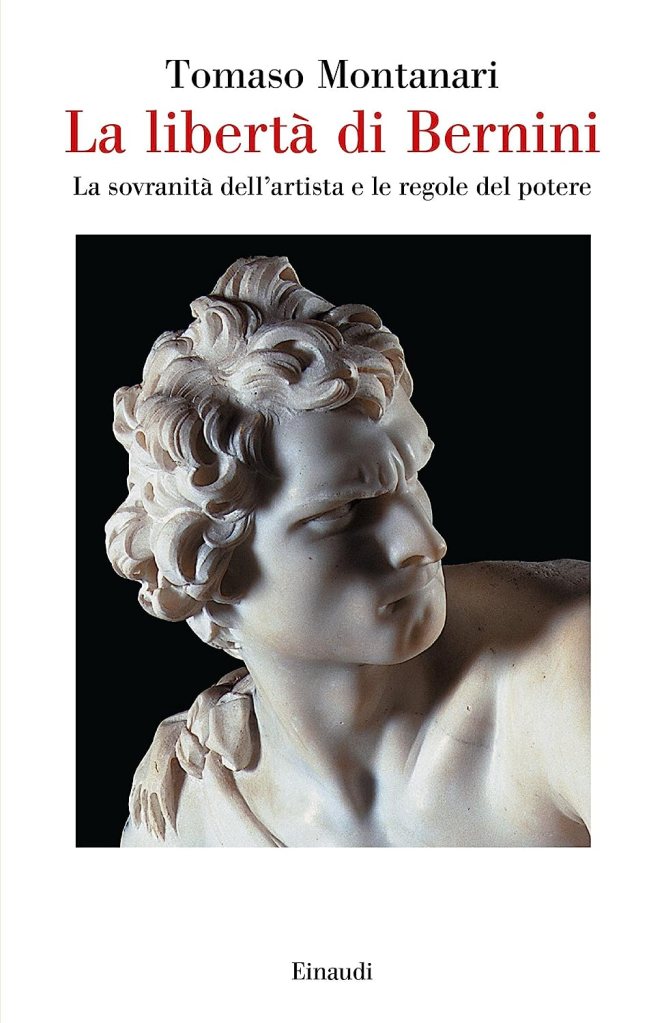
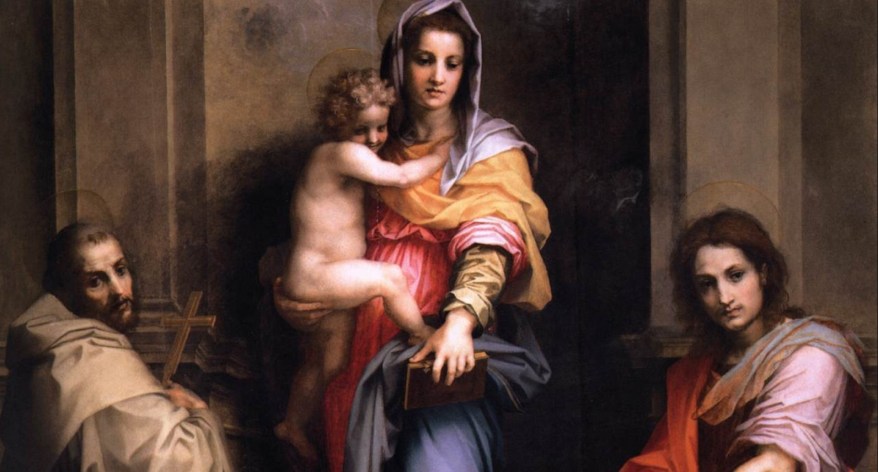
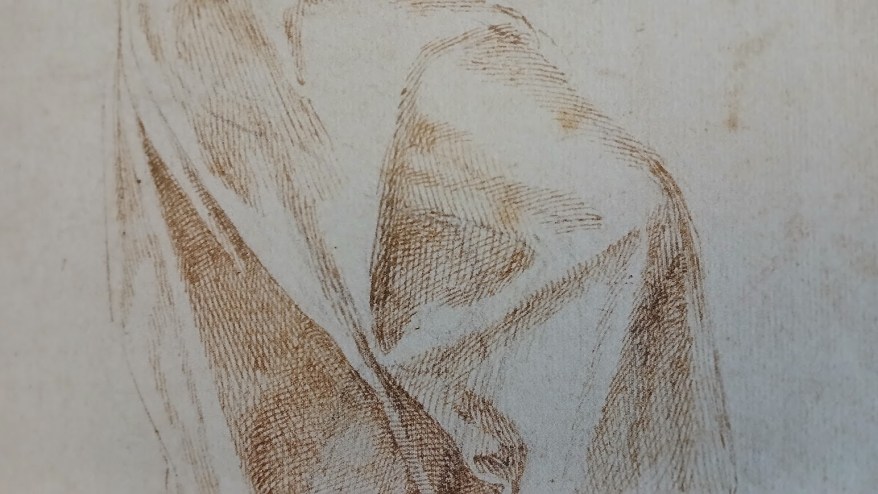




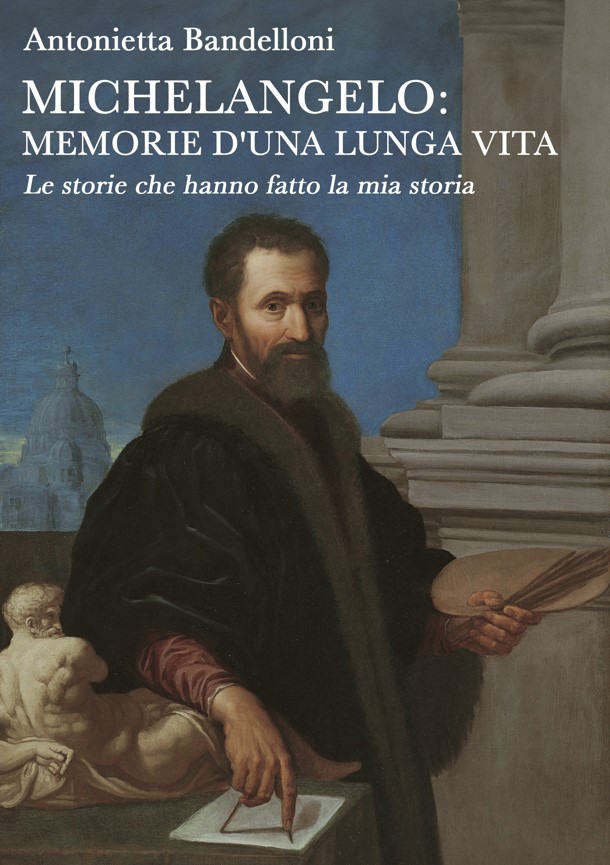



oltre che gli occhi qui ci si lascia il cuore…è meravigliosa
"Mi piace"Piace a 1 persona
stupenda
"Mi piace"Piace a 1 persona
Grazie di aprirci gli occhi su questi capolavori, e non è solo per la bellezza che esprimono ma per le sensazioni che ti suscitano dentro. Grazie.
"Mi piace"Piace a 2 people
:-*
"Mi piace""Mi piace"
Piacevole e simpatica rubrica e…meravigliose opere d’arte, che non ci si stanca mai
ad ammirare!!!
"Mi piace"Piace a 1 persona
:-*
"Mi piace""Mi piace"
Sempre molto avvincenti i tuoi articoli.
"Mi piace"Piace a 1 persona
Grazie
"Mi piace""Mi piace"